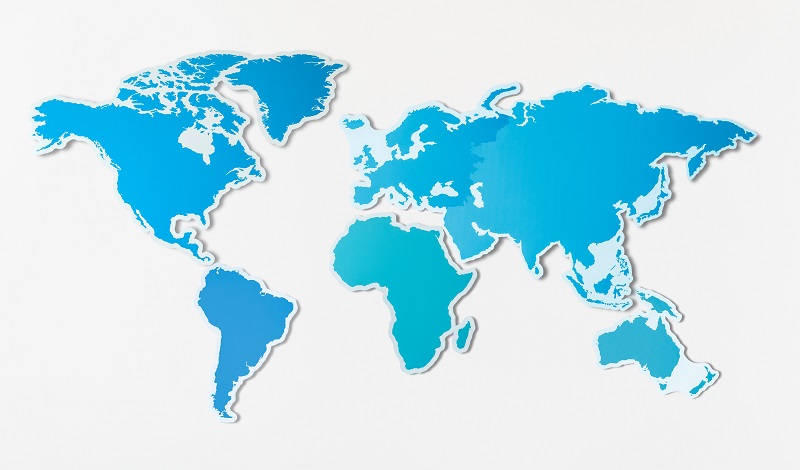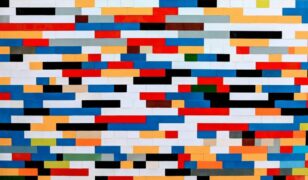On August 27, the National Geospatial-Intelligence Agency updated the Boosting Innovative GEOINT (BIG) BAA. The National Geospatial-Intelligence Agency (NGA) no longer desires to continue efforts on Subtopics 10.2, 10.3, and 10.4. These Subtopics are no longer being pursued for proposal submissions.
NGA seeks techniques that help augment analyst workflows with computer-derived observations from satellite imagery. The amount of imagery that NGA receives from various overhead collectors is vast and growing. It is an imperative for NGA to develop technologies that will help automate and augment the analysis of those images. NGA desires the capability to (1) increase the value derived from each satellite image and (2) reduce the latency between image collection and intelligence reporting. Each sub-topic below addresses this core goal and proposers should ensure that solutions are advancing these fundamental objectives.
Each proposal shall consider the NSG Data Analytic Architecture Services (NDAAS) which is built on Scale, Mesos, and Docker in C2S (an IC cloud environment) to be the intended compute architecture in which the resulting algorithms should run. This does not mean that development, training, and validation of the algorithms necessarily needs to take place in NDAAS. However, algorithms should be developed with NDAAS as the target architecture.
Each proposal should contain a Validation and Verification (V&V) plan that outlines a well-reasoned approach explaining the methodology and metrics for evaluating the proposed solution. These metrics should align with the stated goals of the sub-topic. The Government will perform independent T&E based on a plan designed around those same goals and informed by the proposals. Government testing will occur with each software Deliverable defined below.
In accordance with proposal evaluation criteria III listed in section 5.7.1, the Government is open to teaming arrangements made among partners in industry and academia that allow for groups with expert knowledge in particular fields who lack clearances to combine with those who have expert knowledge of the classified domain and sensors.
NGA seeks to collaborate with industry and academia to research and refine novel analytic techniques, methods and processes in three key areas: (1) Object Detection, Localization, Classification and Characterization (for Synthetic Aperture Radar Imagery as well as for Electro-Optical Imagery); (2) Aggregation and Summarization; and (3) Contextualization. Each submission shall cover no more than one of the four sub-topics.
NGA is collaborating with the Office of the Secretary of Defense (OSD), Strategic Capabilities Office (SCO) to place this solicitation.
Subtopic 10.1 – Object Detection, Localization, Classification, and Characterization in Synthetic Aperture Radar Imagery
The objective of this sub-topic is to increase the number of observations populated in NGA’s Structured Observation Management (SOM) databases by automating and augmenting the analysis of satellite imagery. NGA seeks solutions to detect, localize, classify, and characterize individual objects in satellite imagery sources. NGA defines detecting an object as positively identifying the presence of an object in an image. Localization is the ability to specify the location of said object with either a point annotation, a bounding box, or full segmentation. Classifying is defined as choosing the type of object from a predefined list of object categories. Characterizing is attributing certain metadata about said object, e.g., its pointing-direction, activity status, etc. NGA is primarily interested in performing this task on mobile objects. Proposals to this subtopic should address the development of a capability for panchromatic imagery or synthetic aperture radar imagery or both as described below.
NGA seeks solutions to detect, localize, classify, and characterize individual objects in synthetic aperture radar imagery (See “classified addendum” for specific sensor platform details). Proposers should develop approaches that utilize complex radar data along with synthetic and actual imagery of targets of interest, which can be used to train/refine algorithms. Solutions should leverage available radar attributes including polarimetry and collection geometry information. NGA seeks the ability to transfer models trained on simulated imagery to applications on collected imagery and a reduced reliance on the quantity of available training data. Proposals should describe an evaluation methodology that characterizes the changes in algorithm performance based on amount of training data and the performance impact of changes to the proportion of simulated and actual imagery.
Full information is available here.
Source: FedBizOpps








